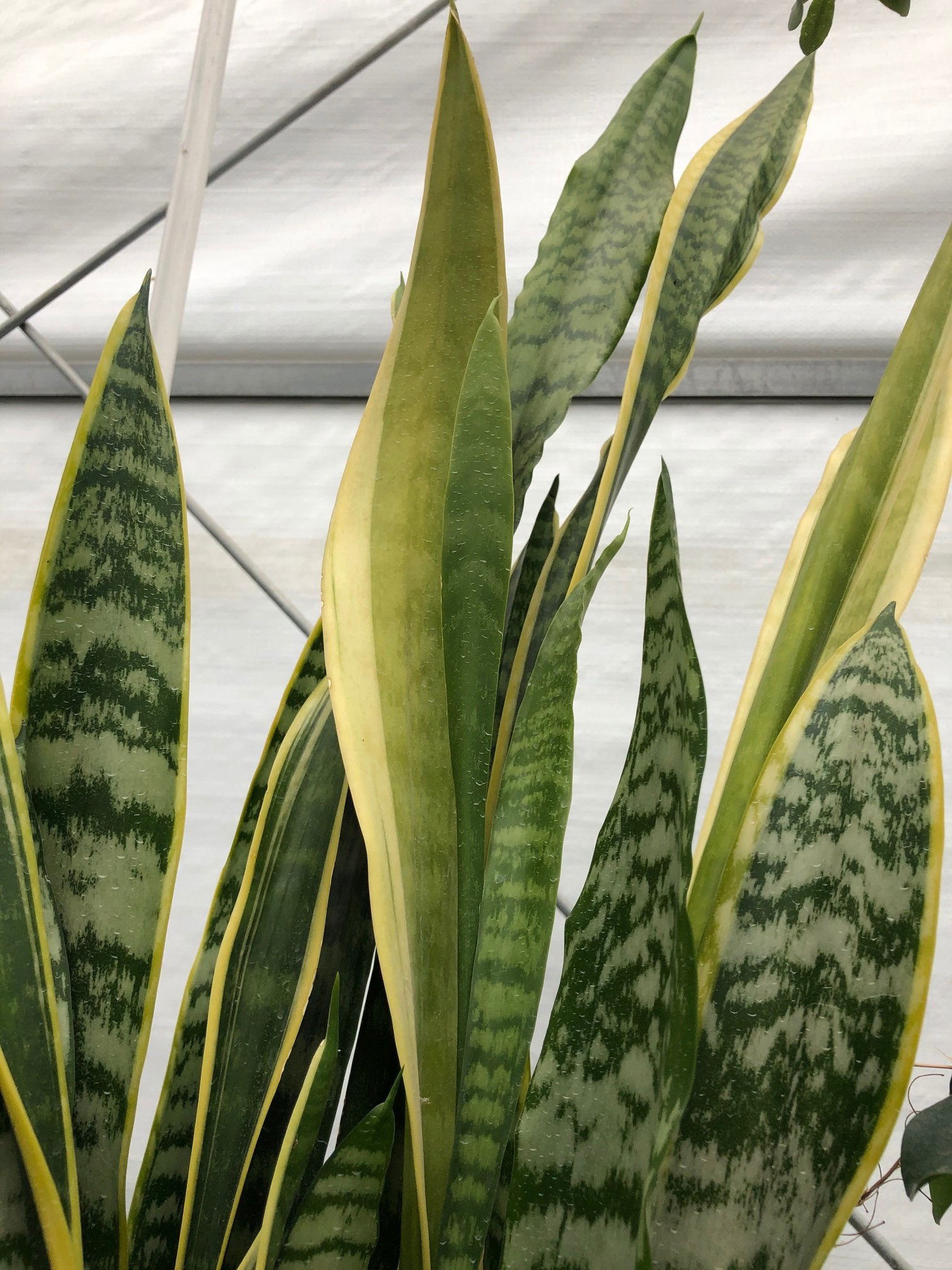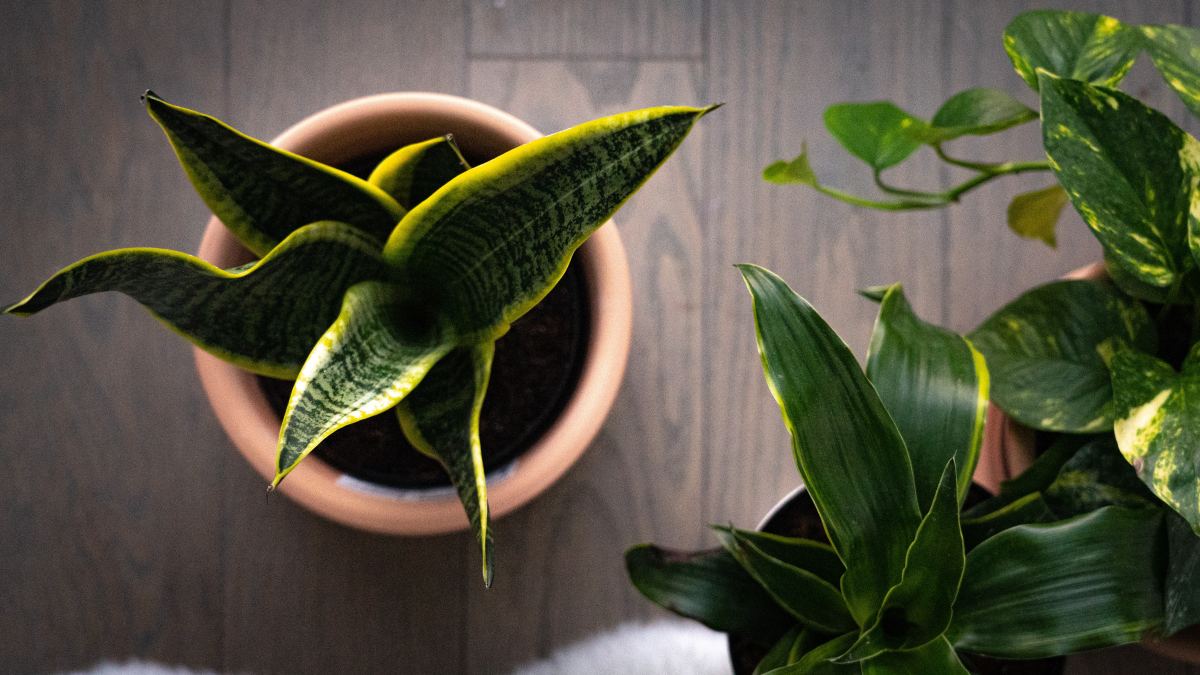The Only Guide for Snake Plant Leaves Turning Yellow
The smart Trick of Snake Plant Leaves Turning Yellow That Nobody is Talking About
Table of ContentsNot known Factual Statements About Snake Plant Leaves Turning Yellow Everything about Snake Plant Leaves Turning YellowThe Greatest Guide To Snake Plant Leaves Turning YellowHow Snake Plant Leaves Turning Yellow can Save You Time, Stress, and Money.See This Report on Snake Plant Leaves Turning Yellow
A lot of symptoms of origin rot aren't visible to the outside of a plant, other than for one sign yellowing fallen leaves. When a snake plant has yellow fallen leaves, this is commonly an indication of overwatering resulting in origin rot. When yellow, the leaf is essentially dead due to the fact that it's not getting any kind of nutrients from the decayed origins.The very best means to inspect if the plant needs watering is to stick your finger one inch right into the soil. If the dirt is damp, you do not require to water it. If the soil is bone completely dry, it's time to water the plant. Serpent plants actually function best in dryer problems than moist ones, so you need to only sprinkle your serpent plant once every 7-10 days.
Instead, the all-natural sunlight needs to be indirect. This means that if your snake plant remains on a windowsill or surface that is frequently in the sunlight, this is most likely the cause of the yellowing leaves. Yellow fallen leaves imply that the plant is melting from the sun, which then at some point transforms brown and crunchy.
The sunshine will after that focus on certain components of the fallen leaves, resulting in charred fallen leaves. Residence plants need uniformity to flourish.
Not known Factual Statements About Snake Plant Leaves Turning Yellow
Any abrupt changes in these needs, especially the temperature, can result in the stress of a plant. That's best anxiety from extreme changes in temperature level leads to yellow leaves. The main reason to stay clear of placing your snake plant through constant temperature changes is that it entirely affects the dissipation process.
Naturally, in the onset, you may need to relocate the plant to discover its perfect environment yet when it's found a home, leave it there. Just see to it the plant isn't near any type of heating or air conditioning components like air conditioning system or radiators. Bug infestations such as mealybugs and crawler mites aren't too typical in serpent plants, but they can still be the cause of yellowing leaves.

If you assume you might have over-fertilized your serpent plant, it's ideal to leave the plant alone for a couple of weeks to months.
The Main Principles Of Snake Plant Leaves Turning Yellow
is quite important for our green buddies. It offers plants their eco-friendly shade due to the YOURURL.com fact that it shows eco-friendly wavelengths of light. When we stare at our cherished snake plant and its lush, glossy fallen leaves, we're seeing the magic of chlorophyll at job! When serpent plant leaves start to turn yellow, it's a sign they're lacking chlorophyll.
I've seen my share of obstacles with the tough Serpent Plant, including the mystical yellowing of leaves. Allow's dive right into the different causes behind this and exactly how to tackle them. Ironically, our great intentions can often harm our Snake Plants. One typical source of yellow leaves is. Our initial culprit is something that may shock you.
Believe it or not, even our hardy Snake Plant kingdoms run out of their dietary supply after some time. When you first purchase your Snake Plant, it comes with a respectable quantity of nutrients in its potting mix.
Here's an useful overview for you: from the pot. for indications of fungi. using sterilized trimming shears. to the roots to stop future fungal development. For a more extensive overview on repotting, check out our short article on Serpent Plants are tropical citizens, and they like their temperature stable and warm.
The Best Guide To Snake Plant Leaves Turning Yellow
Icing up temperatures can harm the leaves, and heats or heatwaves can quicken water loss and damage the proteins holding chlorophyll. When these healthy proteins are harmed, chlorophyll declines, and the leaves transform yellow. To treat this, guarantee your Snake Plant is located in a place in your house with more consistent temperature levels.

Also the sun-loving snake plant has its restrictions. Prolonged direct exposure to direct sunlight problems the cells of the fallen leaves, leading to. It's the plant's method of claiming it's had a bit way too much sunlight! To alleviate this, move Your Domain Name your snake plant to a place with. Your serpent plant will thank you for it.

Indicators on Snake Plant Leaves Turning Yellow You Should Know
Pests and fungal infections can draw the sap from the leaves, depriving the serpent plant of nutrients and creating the fallen leaves to turn yellow. Apply to regulate the pests and fungal infections.
Serpent plant leaves are susceptible to yellowing if the plant is not well cared for - Snake Plant Leaves Turning Yellow. Healthy snake plants have a yellow coloring around the edges of their wide, upright fallen leave blades.